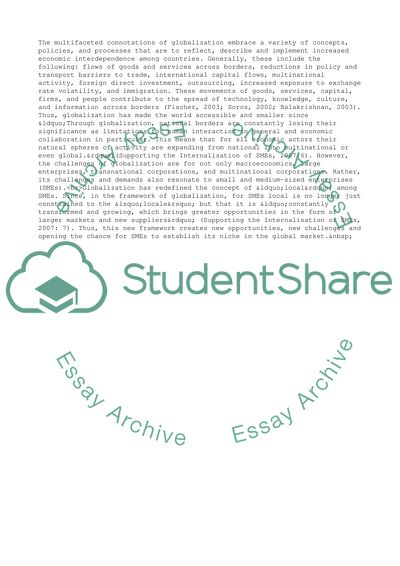Cite this document
(Diversity Implementation in Small and Medium Sized Enterprises Research Paper, n.d.)
Diversity Implementation in Small and Medium Sized Enterprises Research Paper. Retrieved from https://studentshare.org/business/1734378-diversity-implementation-in-an-sme
Diversity Implementation in Small and Medium Sized Enterprises Research Paper. Retrieved from https://studentshare.org/business/1734378-diversity-implementation-in-an-sme
(Diversity Implementation in Small and Medium Sized Enterprises Research Paper)
Diversity Implementation in Small and Medium Sized Enterprises Research Paper. https://studentshare.org/business/1734378-diversity-implementation-in-an-sme.
Diversity Implementation in Small and Medium Sized Enterprises Research Paper. https://studentshare.org/business/1734378-diversity-implementation-in-an-sme.
“Diversity Implementation in Small and Medium Sized Enterprises Research Paper”, n.d. https://studentshare.org/business/1734378-diversity-implementation-in-an-sme.


